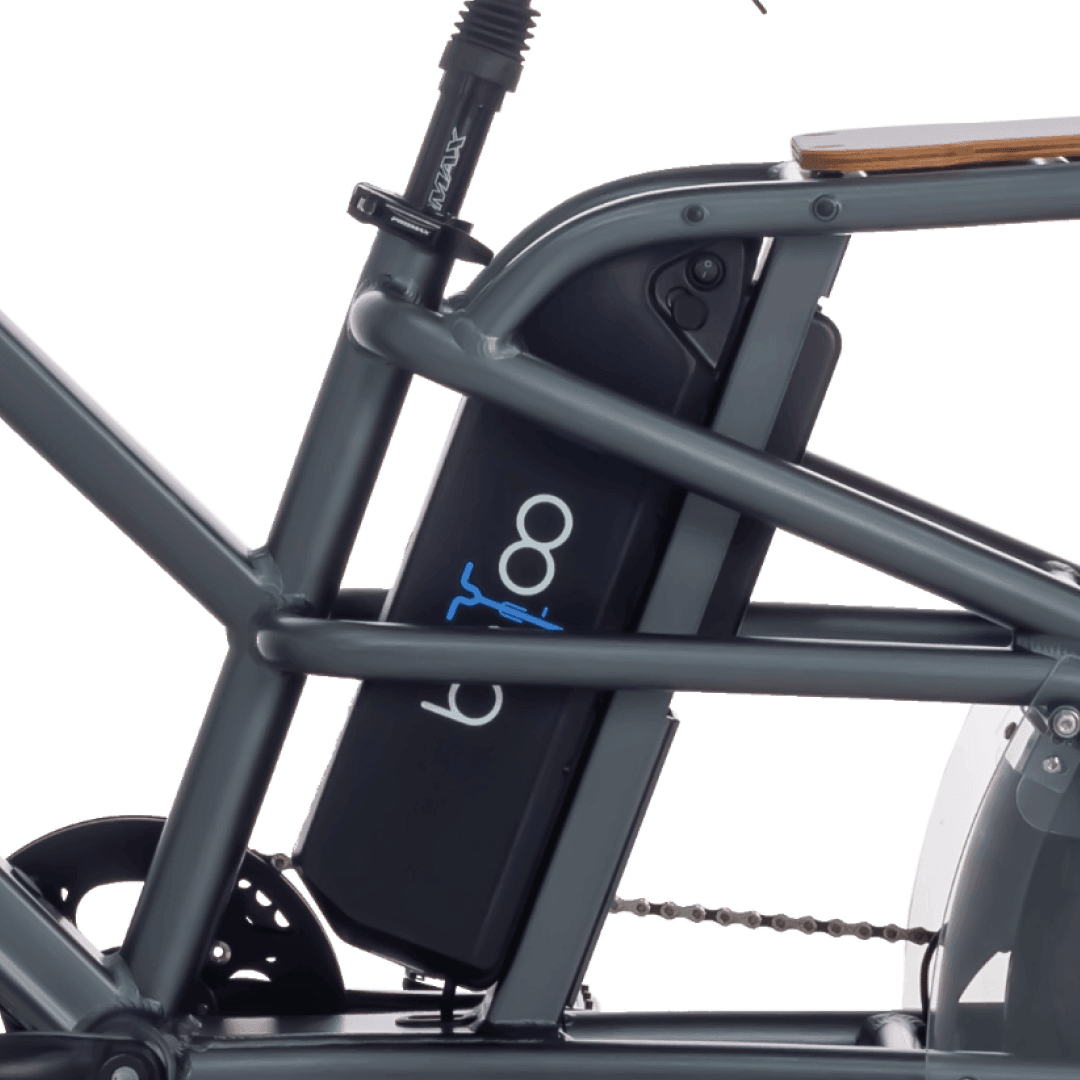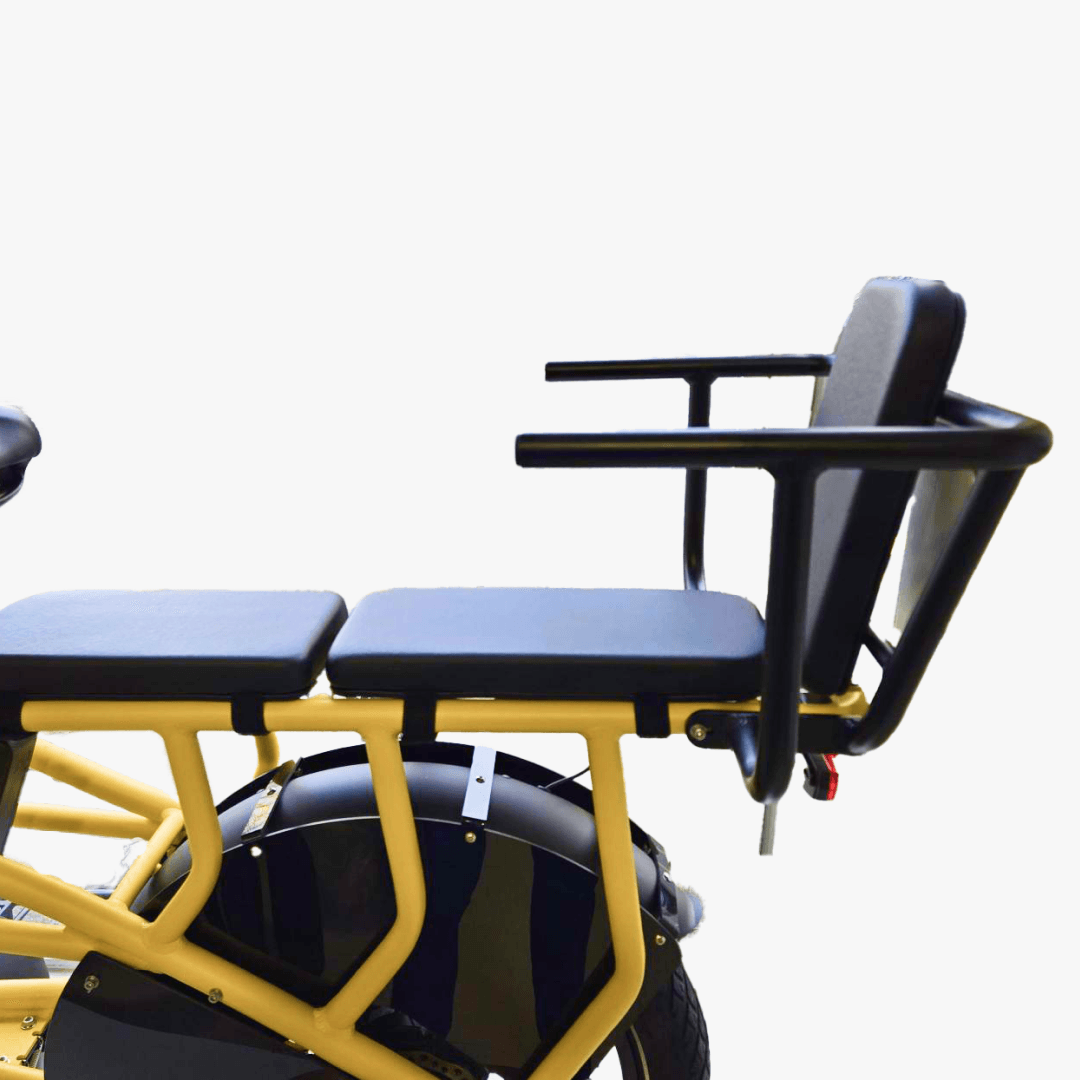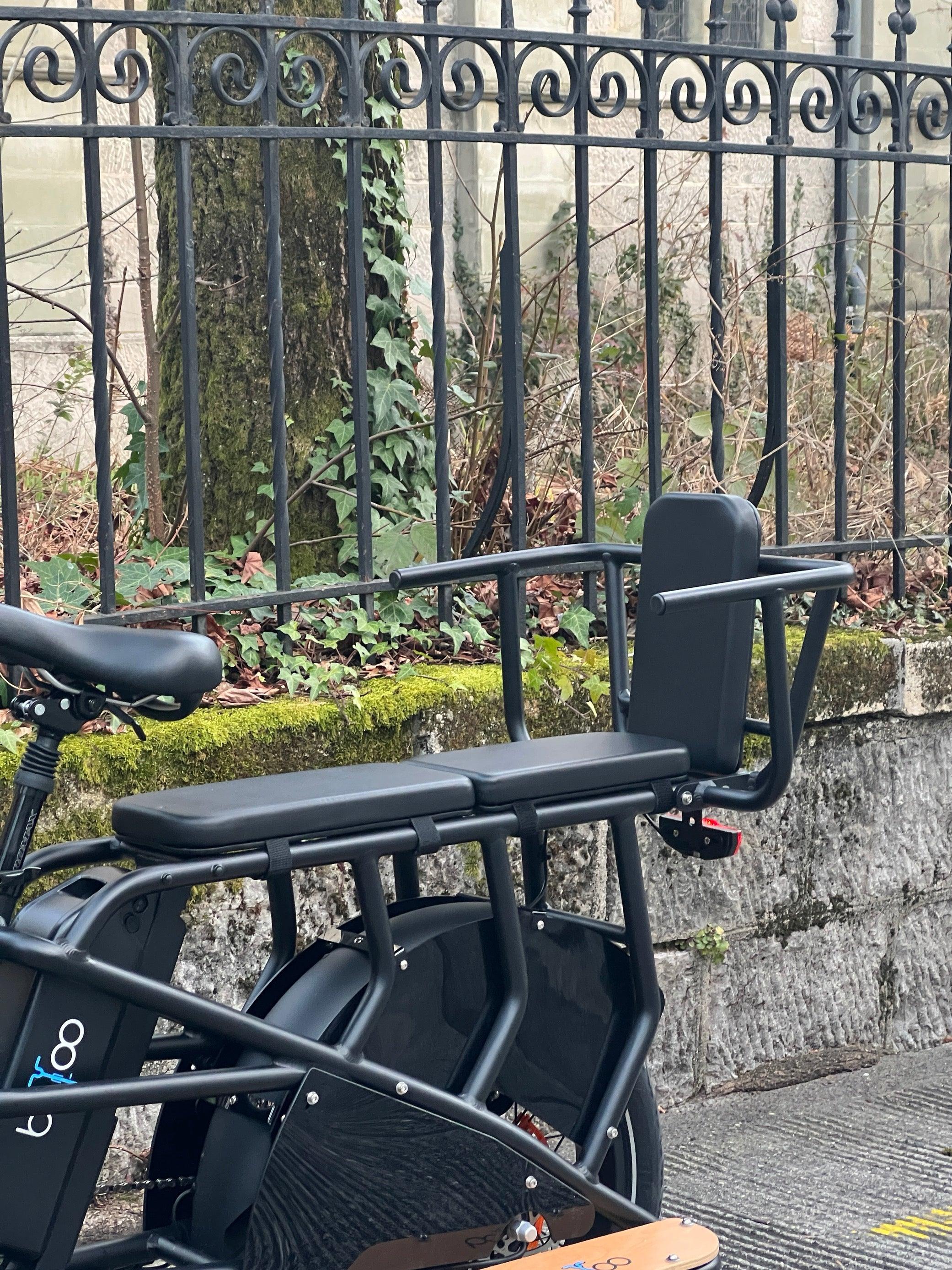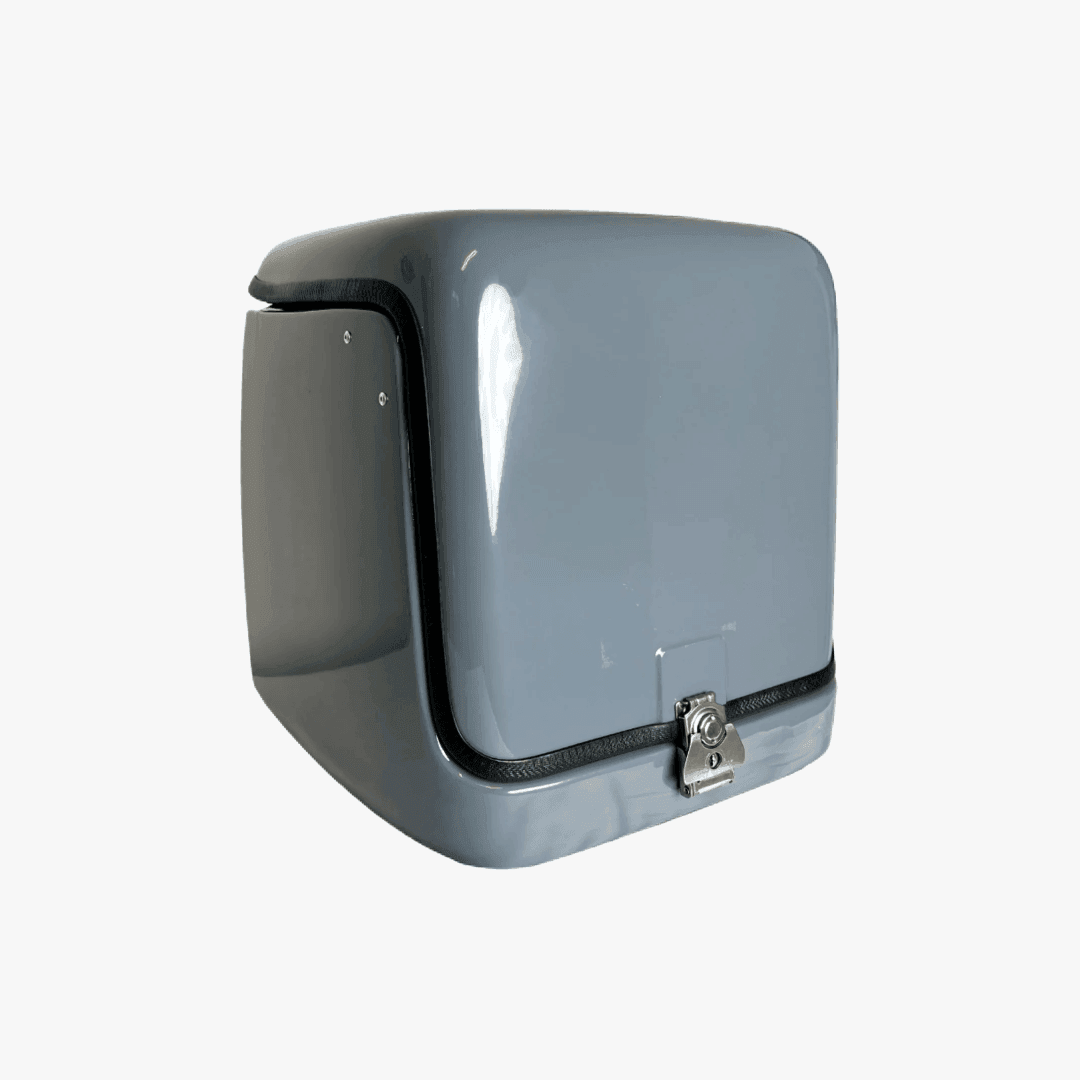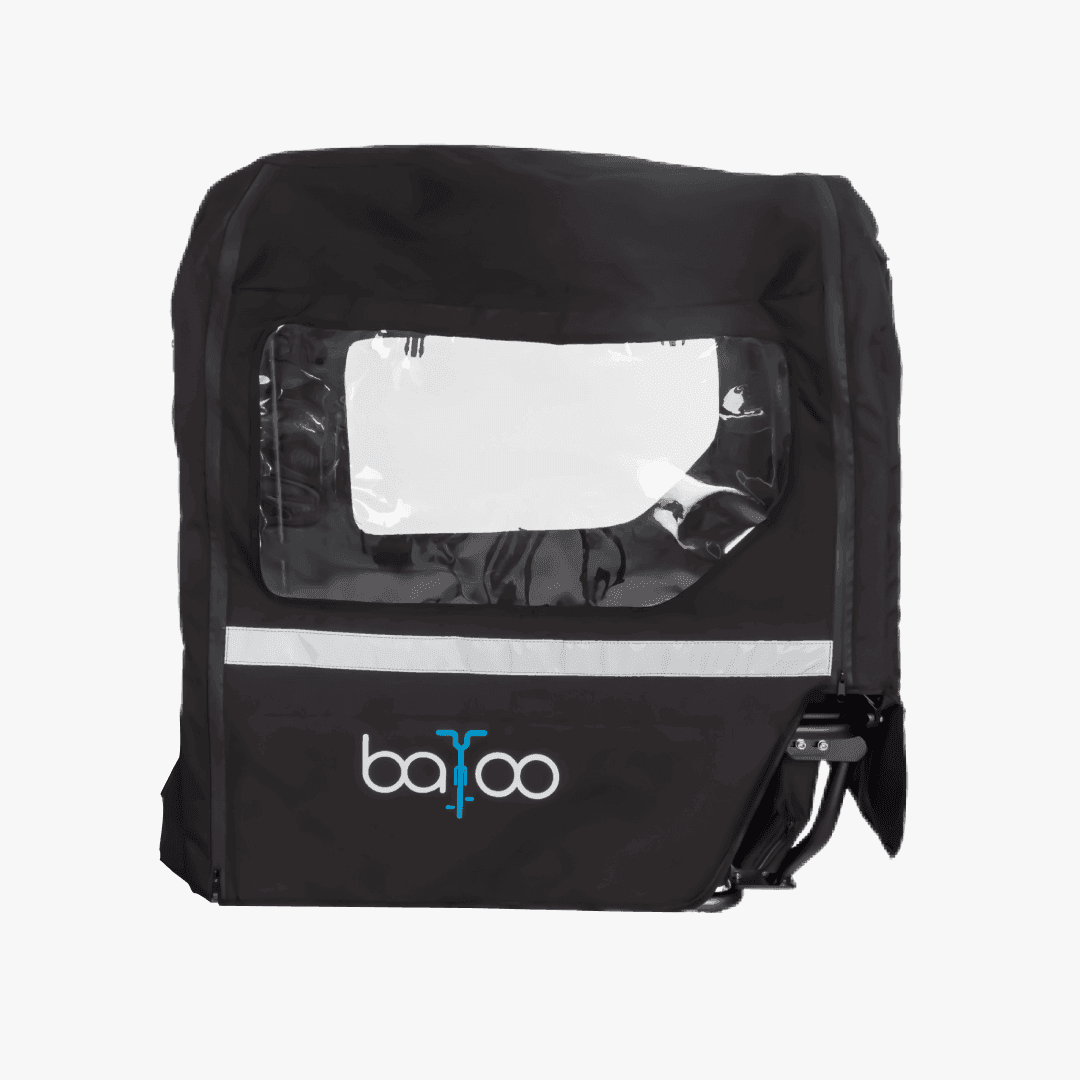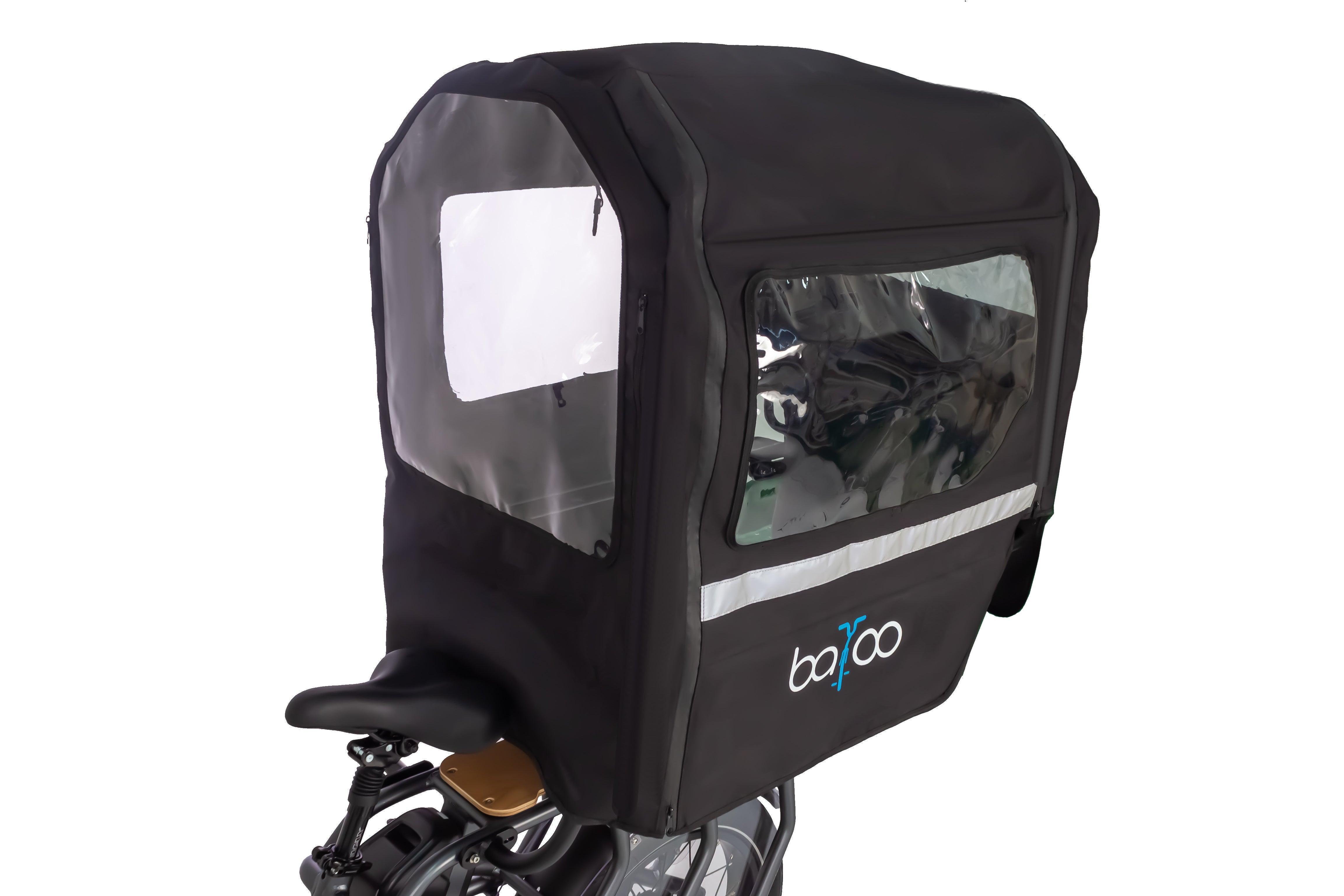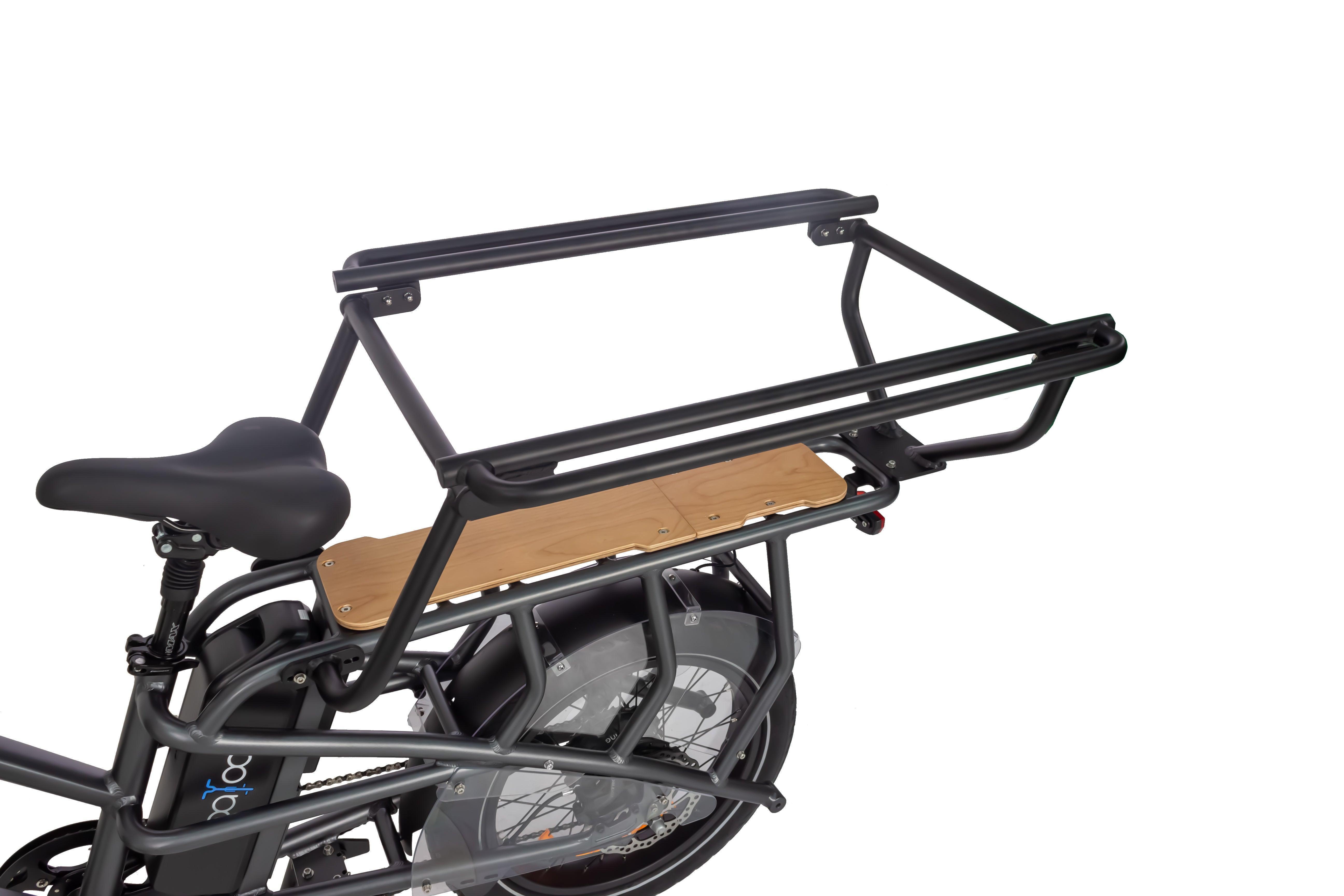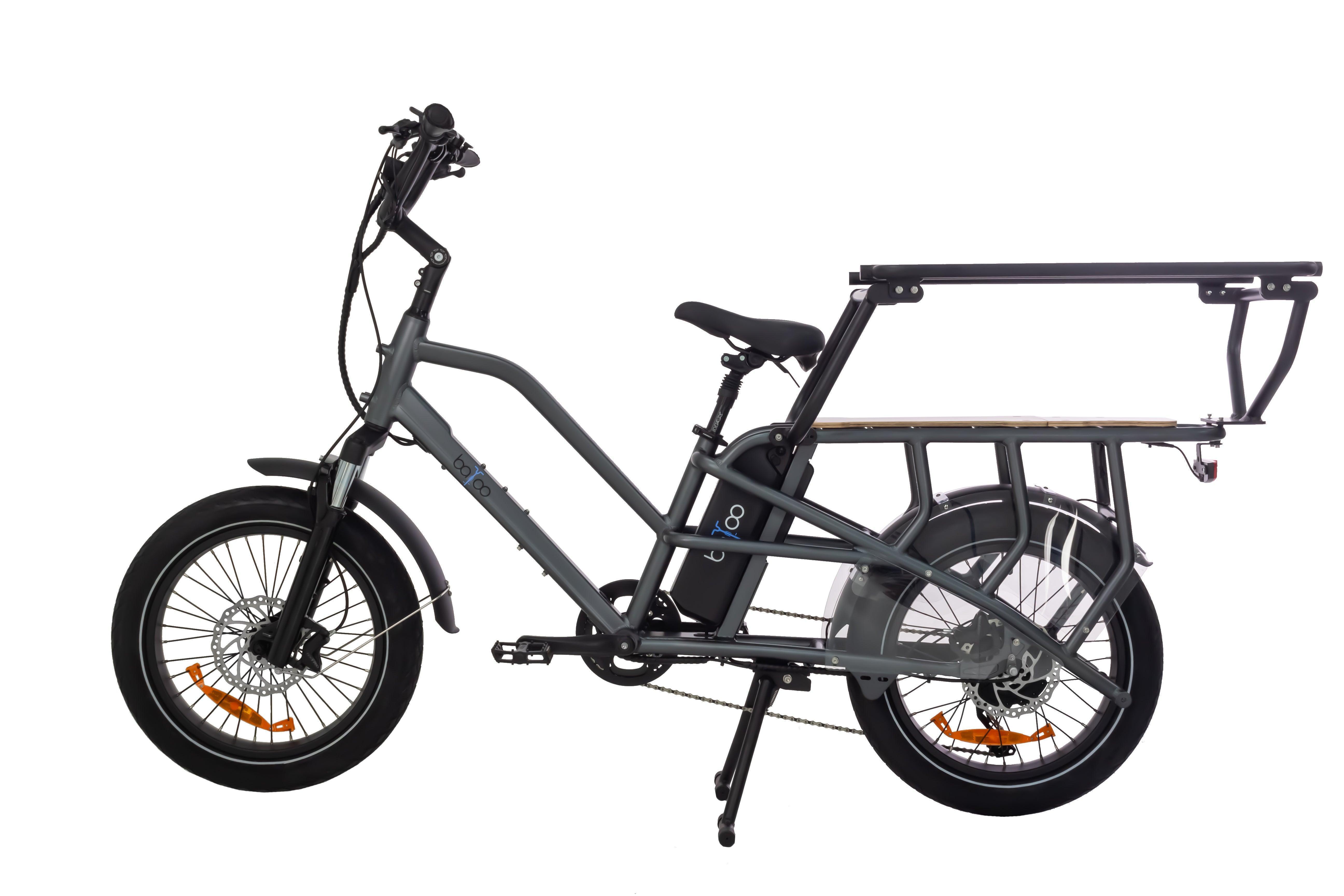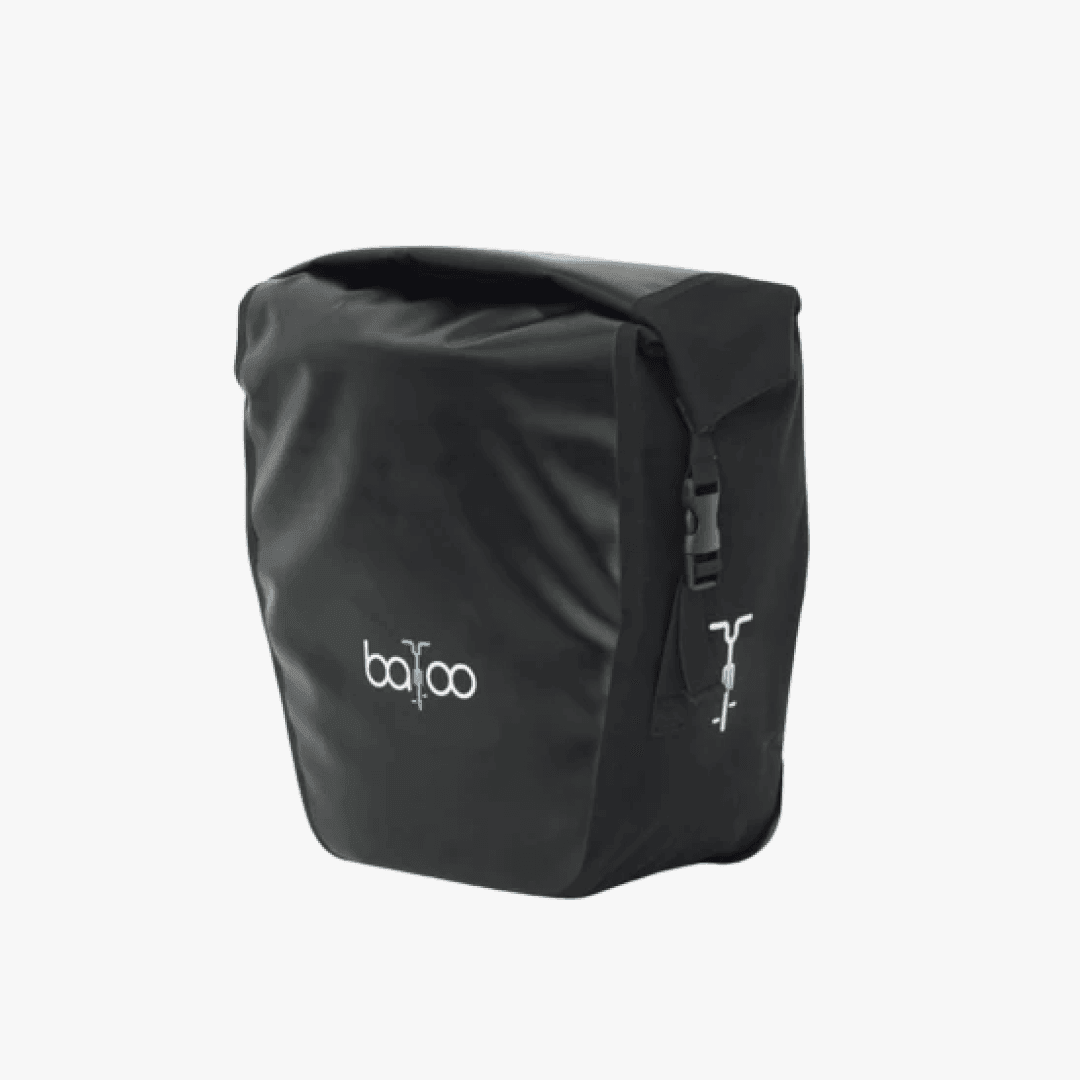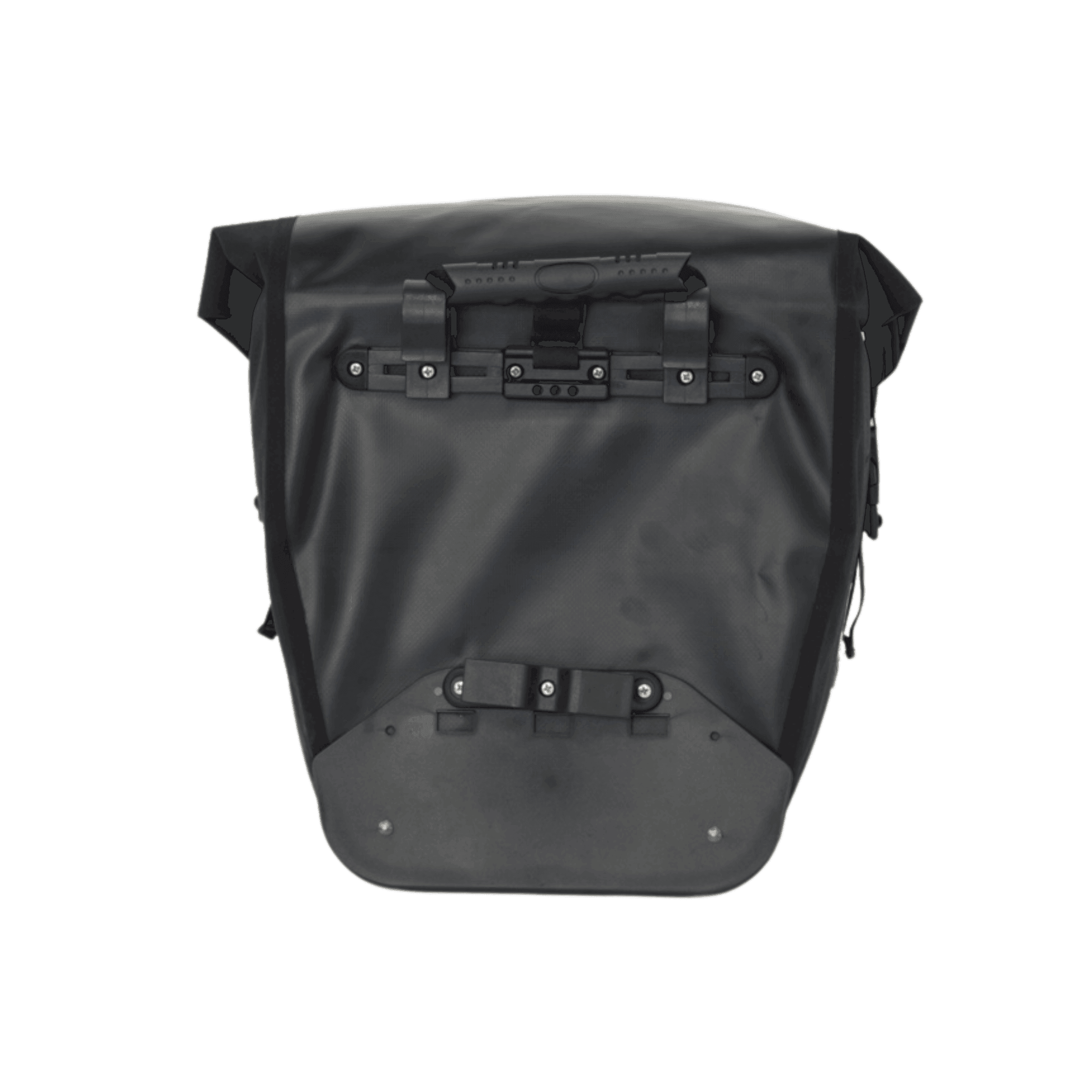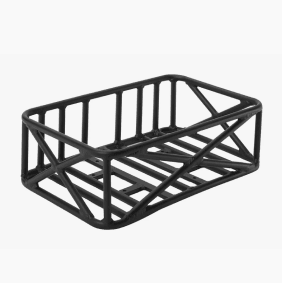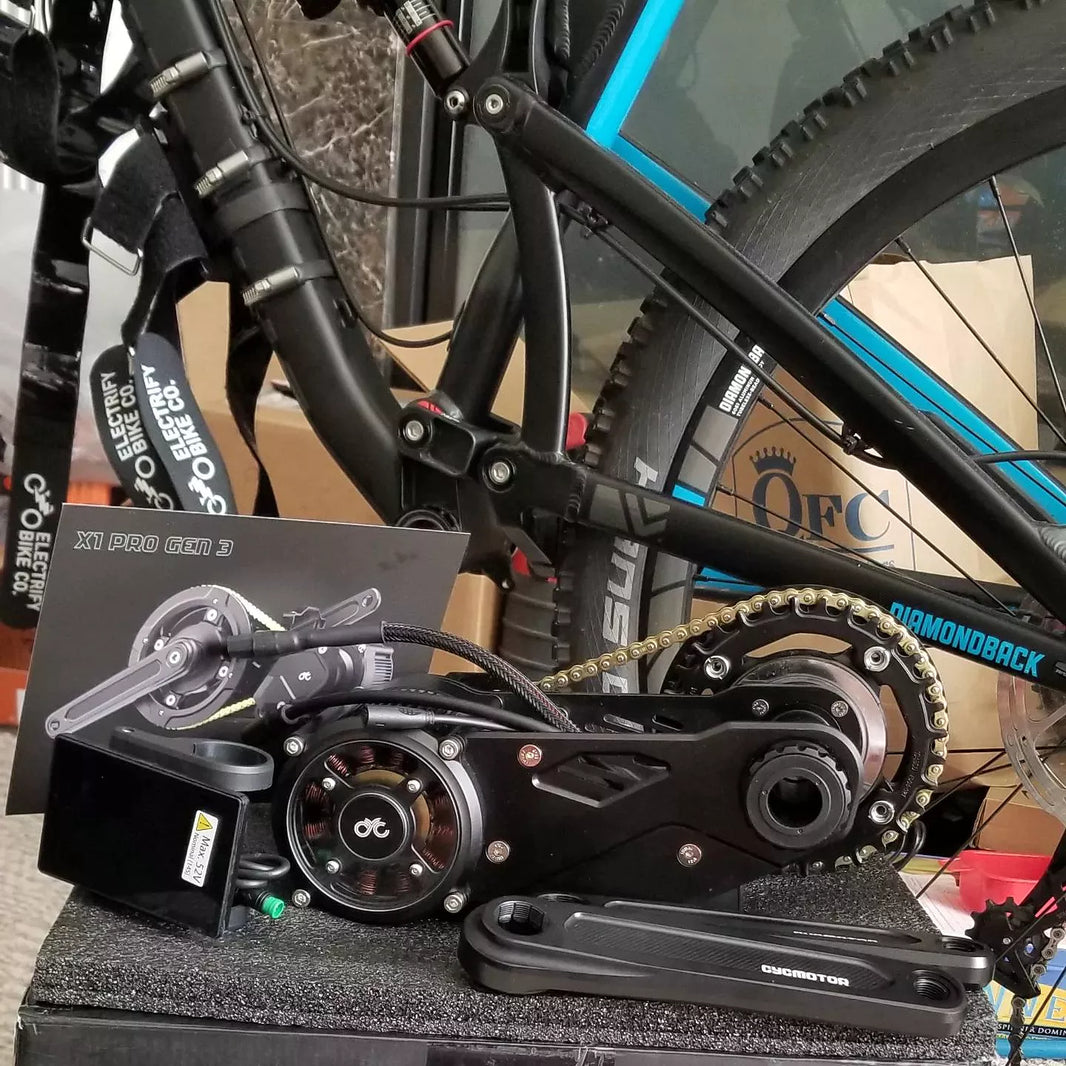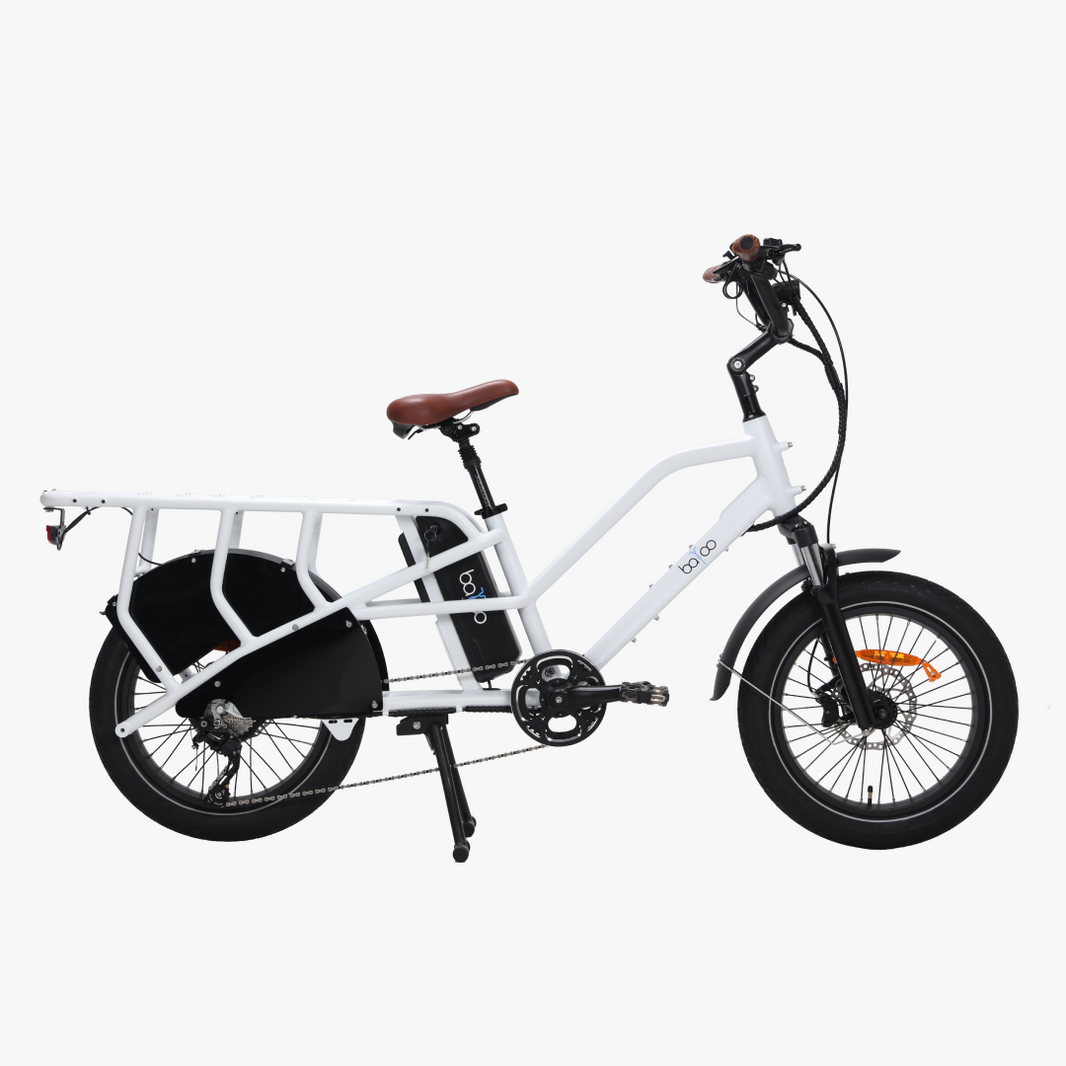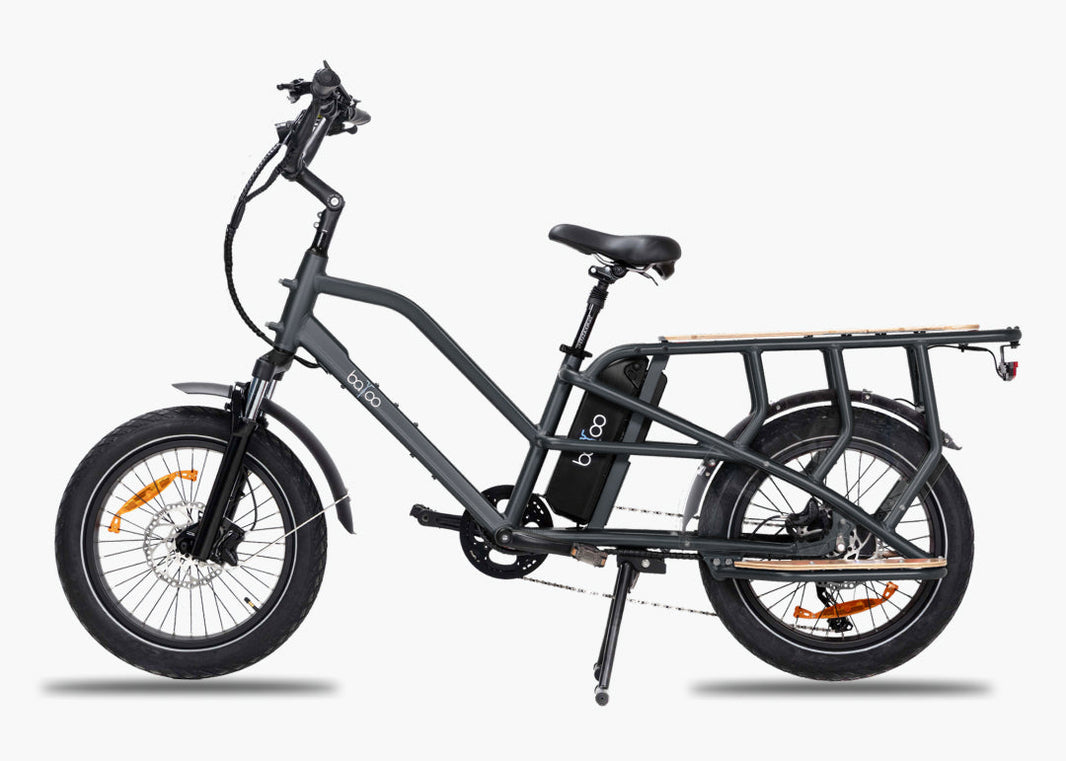Are you looking for a helmet for your electric bike and you're not sure how to choose one? How to choose the right helmet for your electric bike? That's the title of this article, and that's what we're going to look at together.
What criteria should you use as a guide? How much does an electric bike helmet cost? What are the features of an electric bike helmet? Let's take a look!
Choosing your helmet according to your electric bike use
The helmet is the cyclist's protective ally, it is an accessory that is obligatory for all children under 12 years old, as well as for people who ride speed bikes , i.e. bikes that go at 45 km/h considered in the motorized category.
Although a helmet is not mandatory for adults riding an electric bike, it is still a highly recommended accessory.
First and foremost, when choosing an electric bike helmet, it must be comfortable and the right size. Furthermore, it must be adapted to the intended use of the electric bike.
How to choose the right helmet for your electric bike? You should know that helmets for electric bikes, and for Europe in general, must meet the CE NF EN 1078 standard, which is also the same as for other types of bikes. Some countries are starting to develop a specific standard for electric bikes, such as the Netherlands.
In France, and for the time being, the standard remains CE NF EN 1078 except for speed bikes. For 45 km/h electric bikes, what are generally called speed bikes, are considered in France as motorized models, therefore, the helmet is approved according to another standard, ECE-R-22.05 .
The approved helmet must also mention: the CE marking , the name and address of its manufacturer, the standard number, the size and weight, the year of manufacture, the model and type of helmet.
It's a good idea to adapt your helmet to the use you make of your bike; perhaps you'll need a visor to protect your eyes from the sun, perhaps you'll want a helmet with a lighting system for the night, and if you're a bit of a geek, you'll probably like the connected model.
Choosing your helmet based on the technical aspects of VAE bicycle helmets

So, as we saw just before, the first thing is to buy an approved helmet. Then, you should know that the price range for helmets is very wide, from 30 euros to hundreds of euros . Your choice will therefore depend on your budget.
One thing is certain: your headset must protect you properly. Connected headsets are the most expensive. The price differences for headsets are explained by the manufacturing materials, which differ from one headset to another. Certain comfort features can also make a difference, as can the manufacturing technique, which also differs.
What are the different elements that make up a bicycle helmet?
What is a bicycle helmet made of? It is composed of several key elements that first and foremost ensure optimal protection for the head in the event of falls or accidents.
Let's start by looking at the exterior of the helmet:
This shell protects the helmet from light impacts; it's a first line of defense. It's made of a PVC sheet that's passed through a machine called a thermoformer, which heats it and uses a vacuum system to mold it into shape. It then simply needs to be left to cool so that it retains its mold shape.
This shell provides most of the helmet's protection.
The shell is made from polyester beads, once mixed and heated with steam, the texture can adapt perfectly to the mold. When the inner shell is demolded, it is then assembled with the outer shell via a press that welds the two elements.
Once the inner and outer shells are assembled, manufacturers add the closure straps, dial systems if necessary, and comfort pads as well as the adjustment provided for the helmet.
All that remains is the decorations on the outer shell, in this way, the helmets all take on a very different look. To achieve this, manufacturers use a PVC or polymer sheet on which they print the selected patterns and colors, this sheet will be assembled to a PVC plate that will form the outer shell of the helmet.
What are the different materials used to make a bicycle helmet?

The materials used to make a helmet also affect the price of the same helmet.
Lighter, more durable materials, depending on the individual, the helmet is more or less expensive. The outer shell of the helmet can be made of PVC, polycarbonate, or ABS.
This shell can be reinforced with carbon fiber parts. The use of these different materials offers better protection and also better resistance to bad weather and sunlight. The inner shell of the helmet can also be made of different materials; some have a frame made of aramid, Kevlar, nylon, or carbon fiber, all of which is then embedded in polystyrene.
For the exterior of the helmet, most helmets have a finishing and protective varnish.
The manufacturing method also counts in the price of a helmet, there are two main methods namely:
It is a different technology that comes into play when assembling the two hulls because here there are not several assembly steps, just one is enough!
-
MIPS technology
This is a Swedish technology that provides an additional level of protection. It is a multi-directional impact protection system that aims to reduce rotational forces that occur during an impact and can cause serious brain damage. This technology also absorbs the effects of head movements inside the helmet.
What should be considered in a helmet for greater comfort?

A helmet has several comfort features. Here's what makes a helmet comfortable to wear:
-
Ventilation and aeration
A well-ventilated helmet allows the skull to breathe without compromising safety. It also prevents hair from getting too wet.
The holes are protected by mesh fabric to prevent insects from entering. The shells also have foam pads that are held in place by Velcro, providing greater comfort and can be detached for cleaning. Some helmets offer a special antibacterial treatment.
-
Adjustment wheel on the back of the bicycle helmet
To perfectly adjust the helmet to the cyclist's head, the adjustment wheel is practical and used. This wheel allows you to tighten or loosen the internal structure in the shell depending on the cyclist's head size. It is often located at the back of the helmet.
-
Protective visor on the helmet
For the sun, insects, wind, and all sorts of projections, the visor is very practical. Fixed or removable, sometimes some helmet models come with one as standard, sometimes you choose it as an option. The visor is an almost essential element for an electric bike helmet.
-
Traffic lights
Some helmets are equipped with mounts for signal lights and cameras. It is still advisable to choose a helmet that has red lighting on the back of the helmet and white lighting on the front, this allows you to be seen from a distance when riding at night.
Other comfort accessories include rain covers for helmets, earmuffs to protect against the cold, and even hats under helmets that are perfectly suited, especially because of the straps on the helmet. Then there are also bicycle helmet locks to protect your helmet from theft.
What about so-called smart or connected helmets?
New technologies require this, and this is also the case for electric bikes with connected bike helmets.
So, lights on the helmet can be activated using a connected and linked button, so the helmet can flash and it can also activate lights for visibility, some models even go further by being connected to your smartphones and therefore able to warn your loved ones in the event of an incident.
How to choose the right helmet, size and other criteria in summary?
To choose the right size of your bicycle helmet, you need to know your head circumference, this measurement is expressed in centimeters. It is also necessary to adjust your helmet properly. All these measurements are also valid for children's electric bicycle helmets, so when choosing a helmet for children .
In summary, to choose your bicycle helmet well , be sure to take the following criteria into account:
- Approval : a helmet for an electric bike < 25 km/h must be CE-EN1078 approved, a speedbike helmet ECE2205.
- Helmet size : suitable for your head circumference.
- Manufacturing technology and level of protection: in-mold manufacturing and MIPS technology are preferred.
- Accessories and features according to your preferences: visor, lights, anti-theft system, adjustment wheel for helmet adjustment, connected bike helmet, Bluetooth connection helmet, rain cover, chin guard, earpieces, design, etc.
- Comfort level : The helmet should be the right size, not too heavy and should have minimal vents.
- Quality of materials : choose helmets made with high-end materials (antibacterial lining, vegan leather chin straps, polycarbonate layer, Alcantara interior foam, etc.).
- Budget : Prices for products on the market range from €30 to €300 for an electric bike helmet, not a speedbike helmet. For a sufficient level of protection and minimal comfort, expect to pay at least €100.
FAQs
What are the characteristics of a good electric bike helmet?
Quality of materials: choose helmets made with high-end materials (antibacterial lining, vegan leather chin straps, polycarbonate layer, Alcantara interior foam, etc.).
The ventilation system (check the number of vents on the outer shell).
What is the difference between a classic bicycle helmet and an electric bicycle helmet?
An electric bike helmet is similar to a motorcycle helmet. It must have a visor to protect the eyes. It can be removable or integrated depending on the model. The advantage of a removable visor is that it can be replaced if it has grooves.
How to choose the right size helmet for an electric bike?
To find the right size, it is recommended to measure the circumference of the head with a standard tape measure. This tool should encircle the head from the forehead to the back of the skull. The cyclist should transfer the resulting distance onto the helmet. The helmet that matches this reference will be the correct size.
How much does a quality electric bike helmet cost?
As mentioned, the price of a bicycle helmet can range from 30 to 300 euros on average, or even more. Therefore, it is possible to purchase a cycling helmet regardless of your budget.
When should you replace your electric bike helmet?
Most bicycle helmet manufacturers recommend replacing your helmet approximately every 5 years, even if it has never been impacted. This timeframe can vary depending on the quality of the helmet, usage conditions, and maintenance.
Conclusion
The choice of the helmet for an electric bike must be made with care, it must be adapted to the use you make of your bike. For children, this choice is important in terms of protection of course, but above all and also because this accessory is mandatory for all children under 12 years old, choosing a helmet for a child is the same as choosing the right child seat for the electric bike, these are choices that must be thought through and meticulous.
When choosing a bike helmet, an adult now knows what criteria to consider. Everything will also depend on the intended use, your tastes, your budget, and all your preferences!












